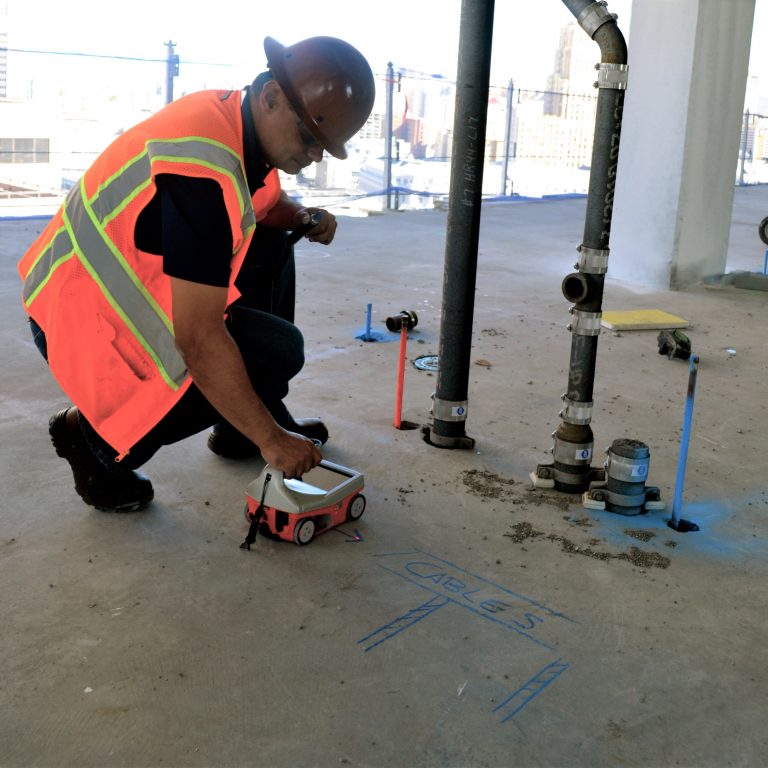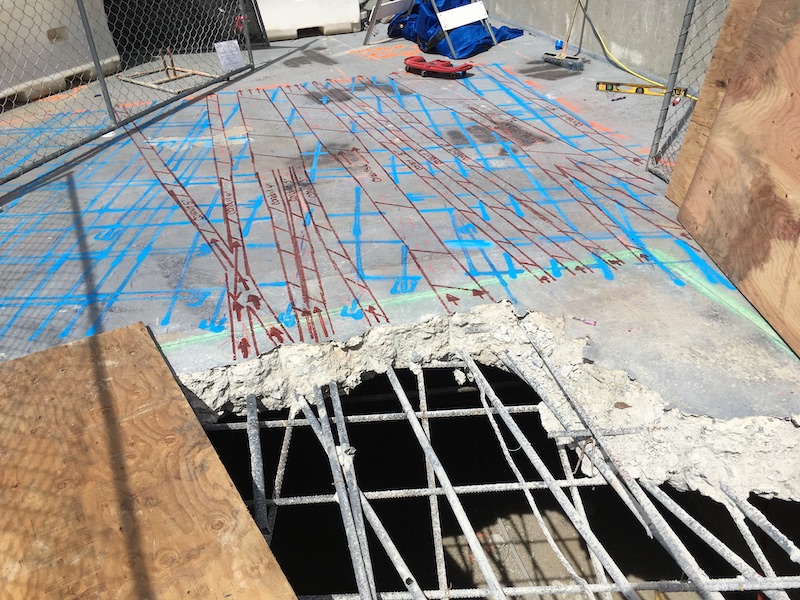Why Concrete Scanning Is Vital for Making Sure Security and Accuracy on Job Sites
In the world of building and infrastructure advancement, making sure security and accuracy within task websites is critical. This method gives a glimpse underneath the surface, revealing hidden risks and obstructions that might restrain development and endanger the security of workers and the architectural honesty of the project.
Significance of Concrete Scanning

Failure to conduct detailed concrete scanning can result in pricey problems, job delays, and, most significantly, security dangers for employees on-site. Accidentally striking an energy line or a structural part can bring about mishaps, injuries, and even fatalities. Consequently, purchasing concrete scanning solutions is a proactive action to reduce these risks and make certain a smooth construction process.
Hidden Hazards Detection
Reliable detection of hidden dangers is vital for making certain the security and effectiveness of building and construction projects. RainierGPR Concrete Scanning. Hidden hazards can position major dangers to employees, devices, and the general success of a project if not determined and dealt with immediately. Typical hidden hazards on job websites include underground utilities, rebar, post-tension wires, and other obstructions that can cause crashes, delays, and costly problems if unintentionally struck throughout building and construction tasks
By using innovative concrete scanning technologies such as ground-penetrating radar (GPR) and electro-magnetic induction, construction teams can properly map and locate out concealed dangers beneath the surface prior to excavation or drilling begins. This proactive method not just enhances safety by protecting against mishaps but also boosts job performance by minimizing unexpected disturbances and rework.
Furthermore, the very early detection of covert risks makes it possible for project managers to create appropriate safety and security methods, implement targeted reduction approaches, and allot sources effectively to reduce risks and make certain a smooth building process. Focusing on surprise dangers detection through concrete scanning is crucial for keeping a safe and secure workplace and accomplishing project purposes without jeopardizing security or precision.

Precision in Job Preparation
Detection of covert threats through advanced technologies lays the foundation for accuracy in job planning within the construction market. By making use of concrete scanning methods, building and construction groups can precisely map out the area of potential barriers or threats concealed below the surface. This info is essential for job preparation as it permits the advancement of specific strategies to navigate around these hazards, reducing the threat of hold-ups and crashes.
Precision in project preparation is vital for ensuring that building and construction tasks are completed on time and within budget plan. By incorporating data obtained from concrete scanning right into the preparation stage, building teams can Read Full Report produce in-depth routines, determine potential obstacles, and allot resources better. This aggressive technique not just improves security at work site but additionally improves total project performance.
In addition, exact project preparing reduces the possibility of costly rework or design adjustments, as prospective barriers are identified and resolved early while doing so. Inevitably, using concrete scanning modern technology adds to accomplishing better accuracy and success in construction job execution.
Enhancing Safety Steps
Incorporating advanced safety procedures is essential for preserving a safe job atmosphere on building and construction sites. Improving security measures is critical to avoid mishaps and make sure the health of employees when it comes to concrete scanning. Utilizing cutting-edge modern technologies such as ground-penetrating radar (GPR) and electro-magnetic induction, construction teams can recognize prospective threats underneath the surface prior to beginning any type of digging or exploration activities. These devices make it possible for workers to locate rebar, post-tension cable televisions, and various other blockages hidden within concrete structures, reducing the danger of unintentional strikes that could cause architectural failings or injuries.
Moreover, implementing correct safety protocols, carrying out normal safety and security training sessions, and providing employees with personal protective devices (PPE) are indispensable elements of enhancing precaution on task sites. By promoting and cultivating a safety-oriented society vigilance amongst workers, construction companies can significantly reduce the likelihood of workplace events and promote high safety and security criteria throughout the task period. Ultimately, focusing on safety and security not just safeguards workers but also adds to the general success and efficiency of building and construction ventures.
Making Certain Work Website Performance
Building upon the structure of enhanced safety and security measures in concrete scanning, enhancing work site efficiency comes to be imperative for the seamless execution of building projects (RainierGPR Concrete Scanning). Making sure task site effectiveness includes streamlining processes to make best use of performance while preserving high requirements of high quality and security.
Effective communication and control among staff member are also essential for task site effectiveness. Clear delegation of jobs, routine development updates, and effective analytic approaches can help prevent misunderstandings and keep the job on track. Additionally, investing in training programs for workers to improve their skills and expertise can enhance overall efficiency and productivity on duty site. Inevitably, by prioritizing efficiency alongside safety in concrete scanning methods, construction tasks can be completed more properly and efficiently.
Conclusion
Finally, concrete scanning plays a critical role in making certain security and accuracy on task websites. By detecting covert threats, improving accuracy in task planning, improving safety procedures, and making sure job website effectiveness, concrete scanning aids to stop accidents and minimize dangers (RainierGPR Concrete Scanning). It is an important tool for construction projects to preserve top article a safe functioning setting and guarantee the effective completion of tasks
Failing to perform detailed concrete scanning can result in pricey problems, task delays, and, most notably, safety and security dangers for workers on-site.In addition, applying appropriate safety procedures, conducting routine safety training sessions, and supplying workers with personal protective tools (PPE) are integral elements of improving safety and security procedures on work sites.Building upon the foundation of improved safety and security actions in concrete scanning, optimizing work blog here site efficiency comes to be essential for the smooth execution of building jobs. Inevitably, by prioritizing efficiency alongside safety and security in concrete scanning methods, construction projects can be completed a lot more properly and successfully.
By spotting covert dangers, improving precision in job planning, enhancing safety measures, and making sure work website efficiency, concrete scanning helps to prevent crashes and lessen risks.